Understanding the Fundamentals What Are Bonded and Sintered Magnets
When it comes to NdFeB permanent magnets, understanding the difference between bonded and sintered magnets is key. Both types are widely used in various industries, but they are made differently and offer distinct properties. So, what exactly sets bonded magnets apart from sintered magnets?
Bonded Magnets Explained
Bonded magnets are created by mixing magnetic powder with a polymer binder. This mixture is then shaped using processes like injection molding or extrusion. The key here is the combination of magnetic material and plastic, which gives bonded magnets flexibility in shape and size.
- Typically anisotropic or isotropic, with magnetic particles aligned or random
- Lower magnetic strength compared to sintered magnets but more versatile
- Cost-effective manufacturing ideal for complex shapes and smaller runs
- Commonly called injection molded magnets
Bonded magnets are perfect when you need magnets that can fit intricate designs and require consistent mechanical properties, especially when cost is a concern.
Sintered Magnets Explained
Sintered magnets start with compacting magnetic powder into a solid shape, which is then heated (sintered) just below the melting point to fuse the particles together. This process results in very dense and strong magnets with excellent magnetic properties.
- Made using powder metallurgy techniques that produce high-density magnets
- Exhibit superior magnetic strength and energy product compared to bonded types
- Typically anisotropic, providing greater directional magnetic performance
- Require precise machining after sintering to achieve final dimensions
Sintered magnets are often the go-to choice for applications demanding maximum magnetic power and durability, despite higher costs and less design flexibility.
In , bonded magnets combine magnetic particles with a binder for shape versatility and cost efficiency, while sintered magnets focus on magnetic strength and density through high-temperature fusion. Understanding these basics helps clarify which magnet suits your specific needs.
Manufacturing Processes How They Are Made and Why It Matters
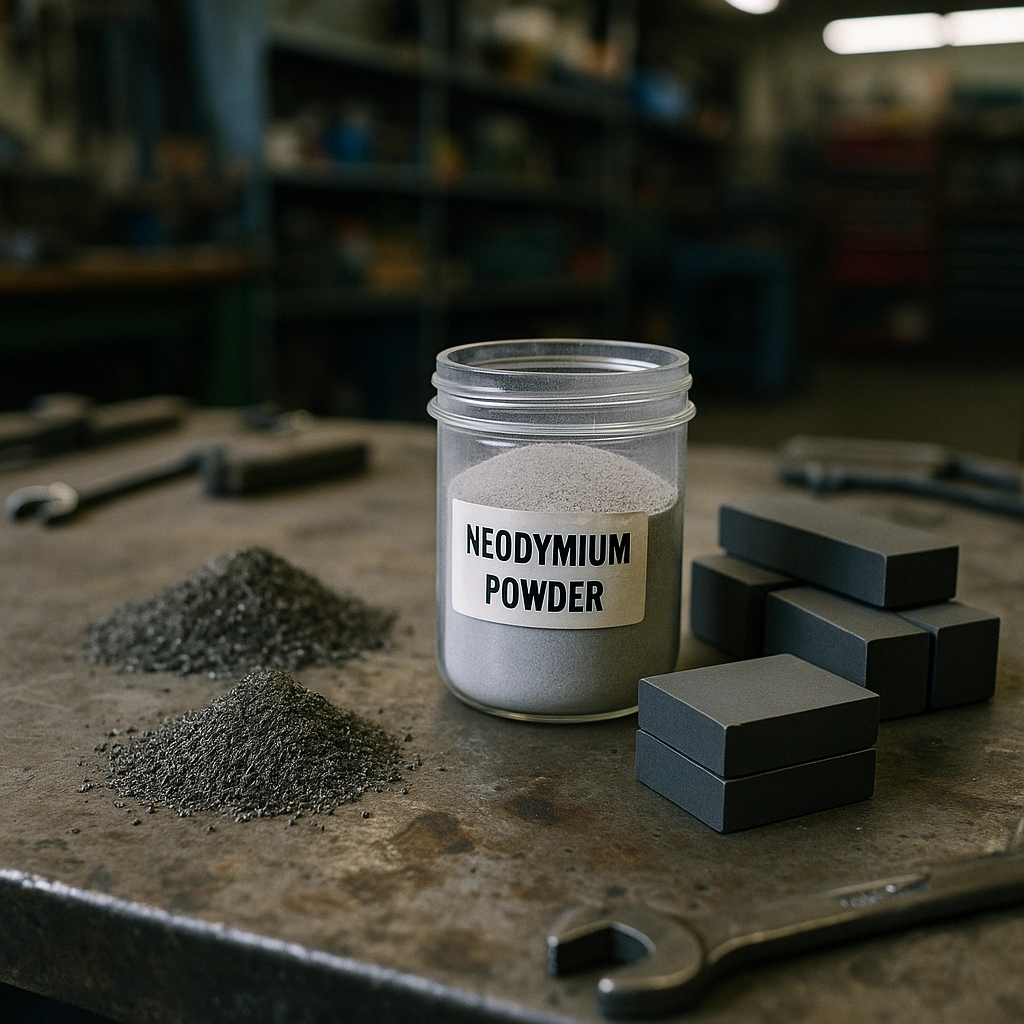
Understanding how bonded magnets and sintered magnets are made helps you see why their performance and cost differ. Both types start with similar raw materials—usually NdFeB powder—but the way that powder is formed into a magnet is different. Let’s break down their production processes.
The Bonded Magnet Production Process
Bonded magnets, often called injection molded magnets, mix magnetic powder with a polymer binder. This mixture can be shaped by:
- Injection molding
- Compression molding
- Extrusion
These methods let us create near-net-shape magnets with complex geometry and tight tolerances right out of the mold. The process is:
- Lower temperature
- Less energy-intensive
- Produces magnets with isotropic magnetic properties (same in all directions)
Bonded magnets are cost-effective and allow for quick production in smaller steps.
The Sintered Magnet Production Process
Sintered magnets, including high-density sintered NdFeB magnets, take a different route:
- Start by pressing magnetic powder into a compact shape
- Heat to a high temperature (sintering) to fuse particles together
- Cool down slowly to lock in the magnetic structure
This powder metallurgy approach results in magnets with:
- Strong anisotropic magnetic properties (stronger in one direction)
- Higher magnetic strength overall
- Greater density and mechanical strength
The sintering process is more energy-intensive, takes longer, but yields magnets that excel where power and durability matter.
Manufacturing Process Comparison Table
| Feature | Bonded Magnets | Sintered Magnets |
|---|---|---|
| Raw Material | NdFeB powder + polymer binder | NdFeB powder |
| Shaping Method | Injection, compression, extrusion | Pressing + high-temp sintering |
| Magnetic Properties | Isotropic | Anisotropic |
| Density | Lower (<7.4 g/cm³) | Higher (>7.5 g/cm³) |
| Strength | Moderate | High |
| Production Speed | Faster, scalable | Slower, batch-based |
| Cost | More cost-effective | More expensive |
| Shape Complexity | High | Moderate |
Knowing these differences in manufacturing helps you pick the magnet that fits your needs and budget. Especially in the U.S. market, where cost and speed could matter just as much as power.
Key Differences A Head to Head Comparison
When deciding between bonded magnets and sintered magnets, understanding their key differences in magnetic performance, physical traits, and cost helps you pick the right one for your project.
Magnetic Properties
| Feature | Bonded Magnets | Sintered Magnets |
|---|---|---|
| Magnetic Strength | Lower (due to binder presence) | Higher (dense NdFeB structure) |
| Anisotropy | Can be isotropic or anisotropic (depends on process) | Mostly anisotropic for maximum strength |
| Temperature Stability | Moderate | Generally better, especially high-density sintered NdFeB |
| Coercivity | Lower, limits strong magnetic field holding | Higher, better for demanding uses |
Physical and Mechanical Properties
| Feature | Bonded Magnets | Sintered Magnets |
|---|---|---|
| Density | Lower, includes binders | High density, pure magnetic powder |
| Mechanical Strength | Flexible and impact-resistant | Brittle, prone to chipping |
| Shape Complexity | Easily molded into complex forms via injection | Limited to simpler shapes, machining needed |
| Surface Finish | Smooth without machining | Needs machining for precise shapes |
Cost and Scalability
| Feature | Bonded Magnets | Sintered Magnets |
|---|---|---|
| Production Cost | Lower, cost-effective for large runs | Higher setup and processing costs |
| Production Speed | Faster, suitable for mass production | Slower due to sintering and machining time |
| Scalability | High, thanks to injection molding | Moderate, depends on sintering equipment |
Table of Key Differences
| Aspect | Bonded Magnets | Sintered Magnets |
|---|---|---|
| Magnetic Strength | Moderate | High |
| Mechanical Strength | Flexible & impact resistant | Brittle but very dense |
| Shape Flexibility | Complex shapes possible | Limited, usually simple |
| Cost | More affordable | More expensive |
| Production Volume | High-volume friendly | Moderate volume |
If you want to dive deeper into bonded magnets, check out our Bonded Magnet Data Sheet for detailed specs and info.
Applications Where Each Magnet Excels
Ideal Uses for Bonded Magnets
Bonded magnets, like injection molded NdFeB permanent magnets, are popular when you need flexibility in shape and size. They work well in low to medium strength applications where precision and complex designs matter. Think sensors, small motors, and electronics where cost-effective bonded magnets bring value. Their ability to be made in intricate forms makes them a go-to choice for custom, lightweight magnetic parts.
Ideal Uses for Sintered Magnets
Sintered magnets shine when you need the highest magnetic strength and durability. High-density sintered NdFeB magnets are common in automotive motors, wind turbines, and industrial equipment where top performance is non-negotiable. If your project demands maximum magnetic power and thermal stability, sintered magnets are the reliable pick.
Case Study Teaser
Curious how these magnets perform in the real world? Stay tuned for our next section where we break down a practical comparison in electric vehicle motor applications, showing exactly how bonded vs sintered magnets stack up in everyday use.
Pros Cons and Selection Criteria Making the Smart Choice
Pros and Cons Breakdown
Bonded Magnets
- Pros
- Cost-effective, especially for complex shapes or small runs
- Good mechanical flexibility and can be made isotropic for multi-directional magnetic properties
- Safer to handle and easier to machine or shape
- Cons
- Lower magnetic strength compared to sintered magnets
- Not as durable in high-temperature environments
- Typically have lower density and magnetic performance
Sintered Magnets
- Pros
- High magnetic strength and energy density, making them ideal for high-performance needs
- Excellent thermal stability and mechanical strength
- Anisotropic options available to boost magnetic properties further
- Cons
- Higher production costs and longer manufacturing times
- Brittle, which can limit design flexibility and handling
- Less suitable for complex shapes without expensive post-processing
Factors to Consider When Choosing
- Magnetic Strength Needs: If your application demands the highest possible magnetic force, sintered magnets usually fit better. For moderate strength with intricate shapes, bonded magnets work well.
- Shape and Size Complexity: Bonded magnets can handle complicated geometries more cost-effectively.
- Production Volume and Cost: Bonded magnets offer better cost-efficiency for low to medium volume runs.
- Environmental Conditions: If your magnet needs to stand up to heat or harsh environments, sintered magnets are more robust.
- Mechanical Stress: For designs where impact or pressure is a factor, bonded magnets’ flexibility can be an advantage.
Decision Flowchart Overview
Start by asking:
- Do you need the strongest magnetic performance?
- Yes → Consider sintered magnets
- No → Are you working with complex shapes or tight budgets?
- Yes → Bonded magnets are likely best
- No → Evaluate environmental and mechanical requirements to choose appropriately
For more details on how different magnet types perform under various conditions, check out our guide on types of magnets. If you’re curious about how neodymium magnet strength compares across different manufacturing methods, our Neodymium magnets vs ceramic magnets page has great insights.
Making the right magnet choice depends on balancing these factors with your specific application needs. With this breakdown, you can confidently select the best magnet type for your project or product.
NBAEM Your Trusted Partner in Magnetic Solutions
When it comes to reliable bonded magnets and high-density sintered NdFeB magnets, NBAEM stands out as a trusted name in the market. With years of experience in powder metallurgy magnets, NBAEM offers consistent quality that meets the exacting standards of various industries across the country. Whether you need cost-effective bonded magnets or powerful sintered neodymium magnets, NBAEM delivers products designed to fit your exact needs.
What makes NBAEM a go-to supplier?
- Wide range of products from injection molded magnets to rare earth magnets
- Advanced manufacturing processes ensuring precision and magnetic strength
- Competitive pricing without sacrificing quality
- Fast turnaround and scalable production for small runs or large volumes
- Strong customer support helping you pick the right magnet for your application
For businesses in the worldwide needing dependable permanent magnet manufacturing processes, NBAEM combines technical expertise with great service to ensure you get the right magnet, on time and on budget. Trust NBAEM to power your next project with the ideal magnetic solution.

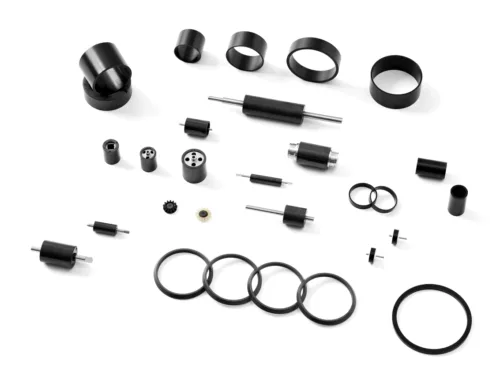
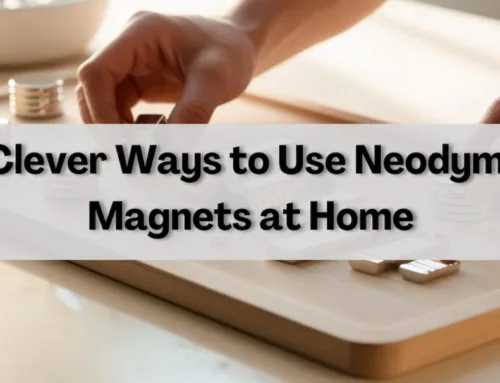
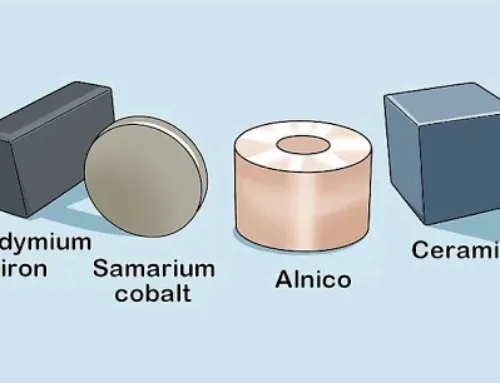
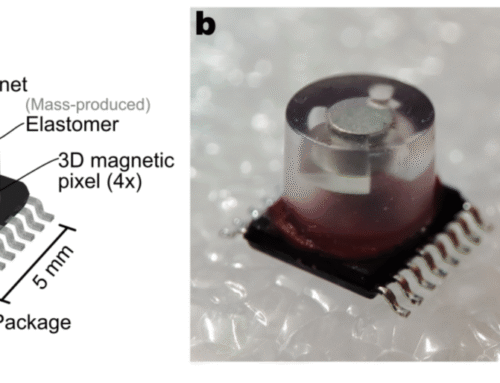
Leave A Comment